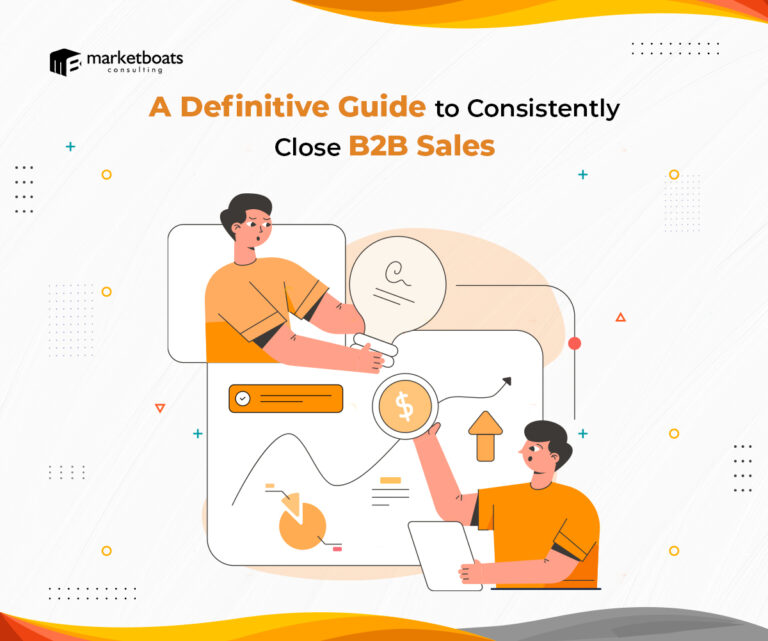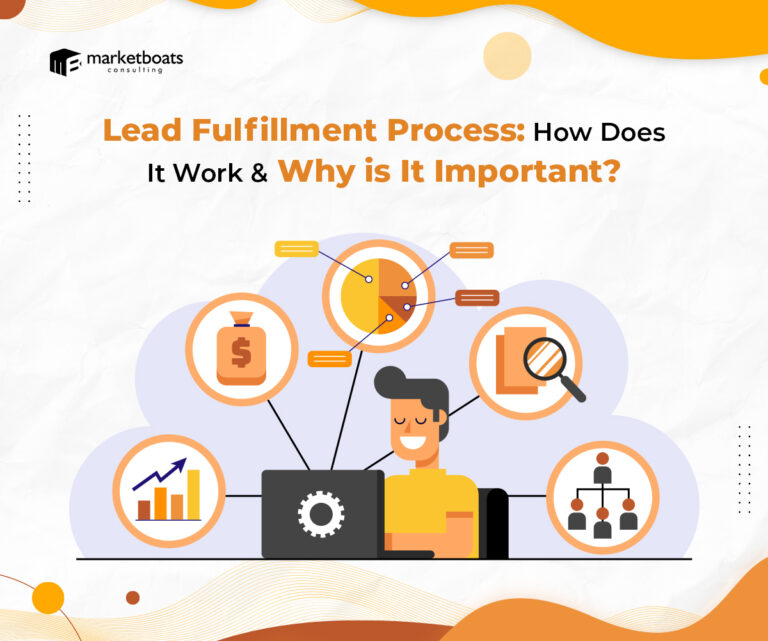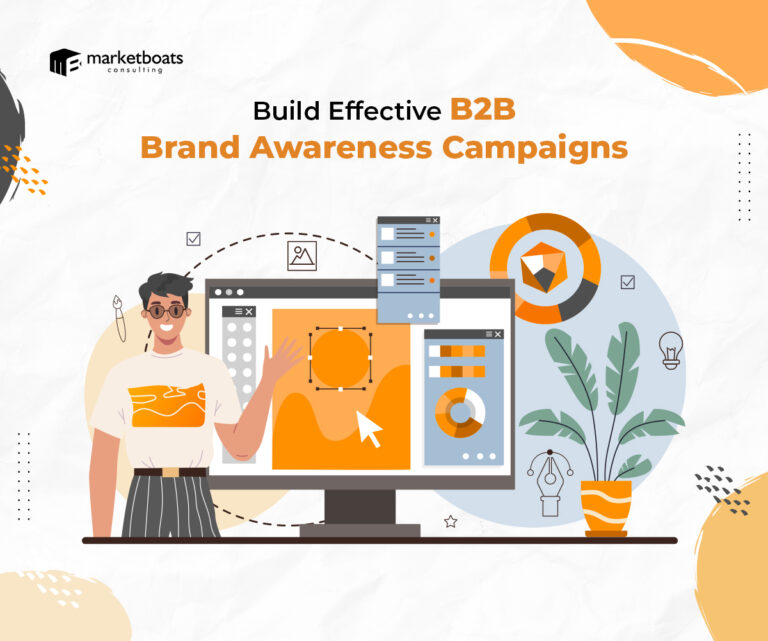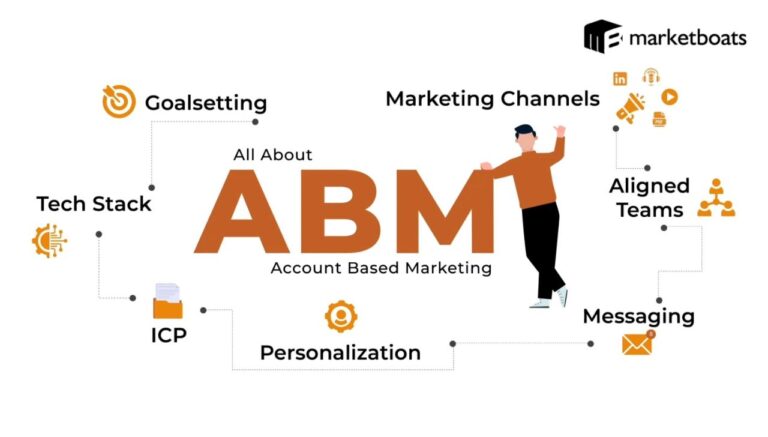The modern market is totally ‘customer-centric’, and getting a grip on what makes our customers tick is pretty much the golden ticket for nailing your marketing strategies. While you are aware of the data-driven insights needed to take this forward, have you thought about Intent data?
Derived from consumer actions and behaviors, intent data analysis provides invaluable insights into their interests and purchase readiness. This data clues you in on not just the ‘what’ but the ‘why’ behind their actions, allowing you to tailor your efforts accordingly.
Over time, intent data applications have evolved significantly. Initially, it was limited to basic web analytics, tracking website visits and clicks. However, marketers now have access to more sophisticated data sources, including social media interactions, search queries, and content consumption patterns. Companies that effectively leverage intent data experience a 30% – 120% increase in marketing engagement and a 72% higher conversion rate compared to those that don’t.
For any marketer worth their salt today, wrapping their head around the theory of intent data and mastering intent data analysis is non-negotiable. Discover how intent data can become your most valuable ally in reaching new heights.
Understanding Intent Data
Intent data is like a secret decoder ring for marketers. It tells us what our customers are up to online and why they’re doing it. So, if someone’s browsing your website or checking out your products, intent data lets you know they’re interested and might be ready to buy
There are three main types of intent data:
- First-party intent data: This is the information you collect directly from your own website or business interactions. It’s like watching what customers do when they visit your shop or website and taking notes.
- Second-party intent data: This is often considered a type of third-party data collected by another organization. It’s usually obtained from the original collector’s platforms, like their media or databases. Essentially, it’s their direct data shared with you. Examples include intent data from product review sites or media publisher
- Third-party intent data: This comes from outside sources. It’s information collected by other websites or companies about what people do or are interested in, and you can use this data to understand potential customers better.
Intent data collection and analysis are grounded in simple concepts to predict and use what people might do next. Here’s a brief overview:
- Theory of Reasoned Action: This theory links individuals’ intentions to their attitudes and social norms. Predictive analytics in intent data helps predict future actions by analyzing past behaviors.
- Technology Acceptance Model (TAM): TAM states that perceived usefulness and ease influence technology adoption. In-intent data, it reveals how users perceive platforms collecting their data.
- Big Data Analytics Theory: Focuses on processing vast datasets for insights. In intent data, it extracts actionable intelligence from user information utilizing intent signals.
- Theory of Intent Data: Acknowledges the significance of users’ digital trails. Intent data analysis decodes these trials to inform marketing strategies.
The Journey of Intent Data in the Marketing Landscape
The early adoption of intent data in the marketing landscape marked a significant shift toward more targeted and personalized campaigns. Initially, intent data analysis helped marketers to understand potential customers’ online behaviors and interests. Intent data applications were restricted to studying customer buying patterns and predicting future purchases.
However, these pioneers faced notable challenges.
- The infancy of technology and analytics tools limited the accuracy and depth of insights that could be extracted.
- The ethical considerations and privacy concerns emerged as marketers navigated the fine line between personalization and invasive practices.
These challenges compelled marketers to refine their approaches and seek solutions using technologies along with proper intent data implementation that balanced effectiveness with respect for consumer privacy.
For example, Netflix used machine learning to analyze the viewing patterns and preferences of its subscribers to make content recommendations. This intent data application not only improved user experience but also increased viewer engagement and retention rates. Netflix’s recommendation system saved the company approximately $1 billion annually by reducing churn.
Intent Data Today: From Collection to Action
So, how is intent data collected? Here’s a detailed look at the methods:
- First-Party Data Collection: This involves gathering data directly from your own digital properties, such as your website or mobile app. Tools like Google Analytics help in tracking user behavior, including which pages they visit, how long they stay, and what actions they take. This data is crucial for understanding the specific interests and intent of your users.
- Keyword Tracking: By monitoring the keywords that lead users to your site via search engines, you gain insights into what they are looking for. This requires SEO tools that can track your rankings for specific keywords and identify new opportunities based on search trends.
- Content Engagement Analysis: This method examines how users interact with your content, such as which blog posts they read, which videos they watch, and how they engage with interactive elements. The depth of their engagement can indicate the level of their interest in certain topics or solutions.
- Third-Party Intent Data Providers: These are platforms that collect intent signals from across the web, not just from your own properties. They monitor user behavior on various websites, forums, and social platforms to spot trends and gather data on potential buyers’ interests. This broader scope of data provides valuable insights into buyer intent beyond your immediate audience.
- IP Identification and Visitor Tracking: Technologies that identify and track the IP addresses of visitors can provide insights into which companies are showing interest in your products or services. This B2B-focused method correlates IP addresses with companies, potentially revealing intent even before any direct engagement has occurred.
- Social Listening: By monitoring social media platforms for mentions of specific keywords, brands, or topics, you can gather data on the public’s interest levels and sentiments toward certain subjects. This is a powerful way to collect intent data in real time, capturing the audience’s mood and interest shifts as they happen.
Integrating Intent Data into Marketing Strategies
Intent data complements other marketing data and insights by offering a deeper understanding of a potential customer’s buying journey. Now how to make intent data work for you?
Here’s how you can use it effectively:
Identifying Early Opportunities: Reach prospects before your competitors by utilizing intent signals. Research shows that 70% of companies prefer the first salesperson who reaches out. With intent data, you can connect with potential buyers when they’re most receptive, boosting your chances of success.
Lead Scoring Simplified: Use buyer intent data to prioritize leads effectively. You can identify prospects showing purchase signals based on intent subjects. This automated process streamlines lead scoring, ensuring you focus on accounts with the highest conversion potential.
Account-Based Marketing (ABM): The correct intent data implementation is crucial for engaging the right prospects in ABM. It expands your reach and provides valuable insights you might not gather otherwise. With customized messaging based on intent signals, reshape your ABM campaigns for greater success.
Refining Your Content Strategy: Craft a content strategy aligned with your ideal customer’s interests using intent data. It offers deeper insights than traditional SEO tools, allowing you to create content that resonates with your audience.
Targeted Advertising: Optimize your advertising campaigns by targeting leads exhibiting specific signals with intent data. This ensures your advertising dollars are spent efficiently, reaching prospects genuinely interested in your product or service.
Fueling Your Sales Pipeline: Predictive analytics in intent data provides invaluable insights into where to focus your sales efforts. By understanding your target market’s behavior, personalize your approach and create effective, personalized campaigns that drive results.
Effective Direct Emails: Use intent data to enhance your direct mail campaigns. By automating personalized interactions based on visitor profiles, you can engage prospects effectively and increase brand engagement.
The Future of Intent Data in Marketing
The future looks promising for intent data progression, with experts predicting new and innovative ways to analyze and use it. Staying ahead in using intent data not only gives you an advantage but also highlights how important it is to keep up with the fast-changing digital world. To keep up, you need to invest in expert assistance and make sure your teams are always learning and adapting.
And to help you get started, Marketboats is here! Our team of growth experts with 25 years of collective experience is ready to engage with you, offering industry insights and tailored recommendations on the most effective strategies to propel growth for your business.
Connect with us to start your transformational growth journey today!





